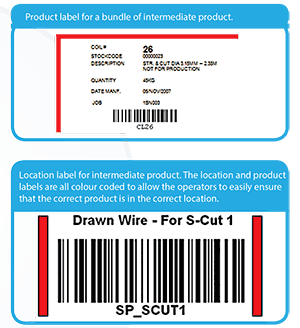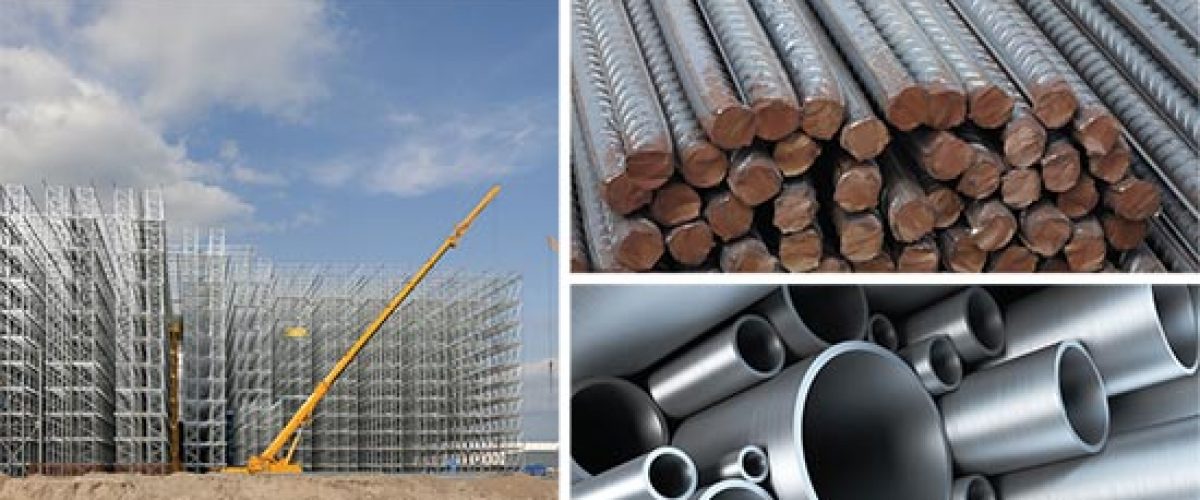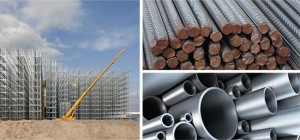MANUFACTURING CASE STUDY: Steel Construction
Project Background
This client manufactures Mesh Steel Reinforcing for use in the construction industry. It receives coils of wire as raw material and draws these coils or parts of these coils through various machines to produce the finished products that it sells.
The multi-stage manufacturing process is complex, with several sequential work stations and multiple routes and options. A full job system needed to be implemented and traceability throughout the process was a key requirement. A legacy system was in place before TransLution was implemented, but a large amount of data and reporting was captured manually, with no real time visibility or traceability.
TransLution Functionality
The TransLution system was implemented to track the product through the entire manufacturing process, from scanning coils off trucks at receiving to scanning finished goods onto trucks for dispatch. The product is scanned as it moves between machines and as finished goods come off a machine, and the job issues and receipts are automatically posted to Syspro ERP software from TransLution using the Syspro Business Objects.
The receiving process reads GRN data from Syspro and receiving is processed against this information. Labels are
printed when the receiving data has been captured correctly. Unlike most processes, these labels are printed using pre-cut label stock in an A4 format with 6 labels per sheet.
When a job is initiated in Syspro the job data is downloaded and output production labels are printed based on the job data. This printing is done before the production job is started, and thereafter every tag is tracked as it travels through the factory.
As jobs run and finished goods, or intermediate products, are produced, job receipts are triggered in Syspro also using the Syspro business objects. Job issues validated against the Syspro material allocation for the job. In addition, at the end of each job, the scrap resulting from the job is also captured.
 All of these steps allow the generation of a job audit report which is also a job mass balance. This report is one of the key benefits of the project: it allows the users to manage losses (or gains) against specific jobs in near real time.
All of these steps allow the generation of a job audit report which is also a job mass balance. This report is one of the key benefits of the project: it allows the users to manage losses (or gains) against specific jobs in near real time.
As part of the dispatch process, Syspro loads are retrieved from the load builder module in Syspro. Users then pick according to these loads and split bundles to make the right size for the order. Once everything is scanned for a load, the user completes the load and the system automatically creates all the dispatch notes in Syspro.
Even more functionality is being delivered with on-going work on this system, including machine down-time logging
and reporting, as well as developing a planning system and implementing dashboards to allow different methods of
viewing data in real time from the factory floor.
System Overview
This implementation is distributed with the TransLution database and server installed on one machine in Vereeniging, and the Syspro database and server installed remotely in Pretoria.
It includes a number of desktop clients and 30 scanner clients. Twelve of these are standard handheld scanners and sixteen are stationary HMI terminals (LabTech). The benefit of the TransLution scanner software is that its configurability allows for the same software to be used on both the portable RF scanning device and the stationary HMI terminal.
Benefits
The biggest benefit to the client has been the elimination of manual Syspro updates with product movements – job issues and receipts and inter-warehouse transfers. Instead these transactions are all posted in real time from TransLution.
As a result, the client has significantly improved control of the manufacturing process. A job audit report helps the company to understand and pinpoint losses. Through usage of the new system, the client found that previously some Bills of Material were incorrect which had resulted in significant losses or gains which existed in the data but not in the real world.
Additionally, production has become more efficient with the client now producing in one shift what was previously
produced in two shifts. This improvement would not have been possible without the system.
Barcode Labels And Structures
 Full traceability from initial raw materials to finished goods was a key requirement. This was achieved through the use of the carrier and product barcodes in TransLution without requiring traceability in Syspro. At receiving, products are put into receiving carriers. Jobs are also carriers so when product is issued to the job, it is moved from the receiving carrier to the job carrier. The product barcode contains the number of the source carrier. This means that simply by looking at the product in a carrier, the user can tell which job it was used for and where it came from.
Full traceability from initial raw materials to finished goods was a key requirement. This was achieved through the use of the carrier and product barcodes in TransLution without requiring traceability in Syspro. At receiving, products are put into receiving carriers. Jobs are also carriers so when product is issued to the job, it is moved from the receiving carrier to the job carrier. The product barcode contains the number of the source carrier. This means that simply by looking at the product in a carrier, the user can tell which job it was used for and where it came from.
Success Factors And Challenges
Several key factors made this project a success. These include:
- All barcodes used are printed by the system, creating 100% accuracy between the stock code and the
resulting barcode. - Despite a large number of scanners, the transaction volume is quite low, meaning few people are required to manage the process.
Many of the challenges related to the client’s environment:
- One major issue related to operator education levels. A number of operators were semi-literate and struggled with the new system. They had been able to cope with manual processes, but could not interact with a scanner.
- Due to lack of operator understanding, there was often a failure to scan.
- Related to this, operators were resistant to change. This problem was solved by employing someone to
manage use of the new systems as a stock controller. This led to immediate and dramatic improvements.


